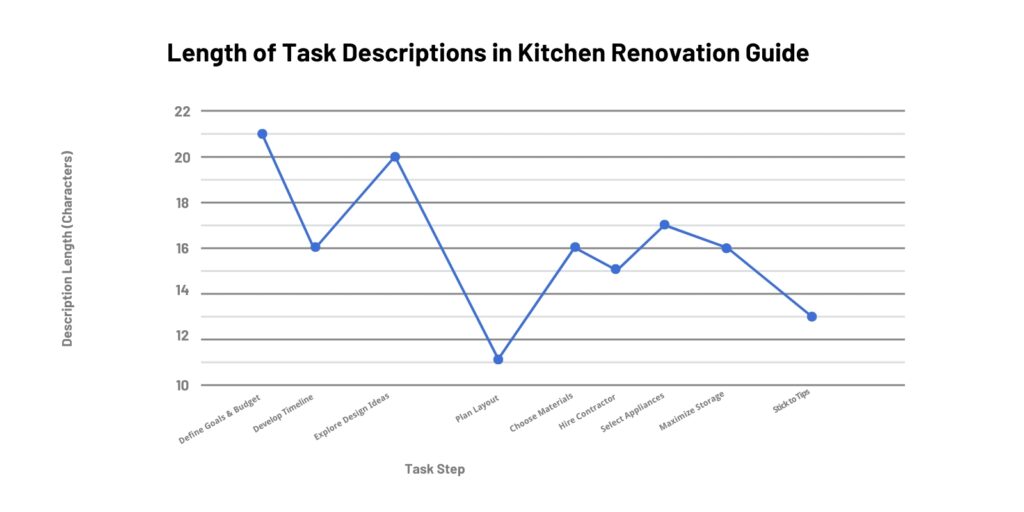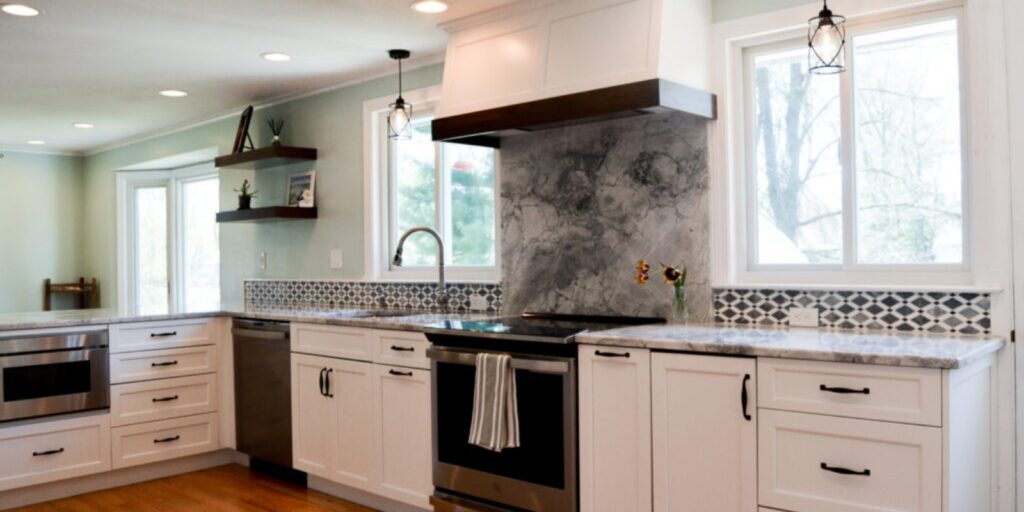Embarking on a kitchen renovation is an exciting step toward creating a space that’s functional, stylish, and uniquely yours. A successful kitchen remodel requires thoughtful kitchen remodeling planning to ensure that every element—from layout and materials to appliances and budget—aligns with your goals. By taking the time to establish a budget for kitchen renovation, explore kitchen design ideas, and make informed choices about choosing kitchen materials, you set the stage for a transformation that’s both beautiful and cost-effective.
Whether you’re considering modern kitchen upgrades or a complete overhaul, working with a reliable kitchen contractor and sticking to a kitchen renovation timeline will help streamline the process. Don’t forget to incorporate clever kitchen layout planning and maximize kitchen storage to boost functionality. From a thorough kitchen renovation checklist to essential kitchen renovation tips, this guide covers the top considerations to keep in mind for a remodel that not only enhances your home’s value but also complements your lifestyle.
| Step | Task | Description |
|---|---|---|
| 1. | Define Goals & Budget | Clearly outline your renovation objectives and allocate a realistic budget. |
| 2. | Develop Timeline | Create a detailed schedule with milestones to ensure timely completion. |
| 3. | Explore Design Ideas | Gather inspiration from various sources and combine aesthetics with functionality. |
| 4. | Plan Layout | Optimize the kitchen layout for efficient workflow and maximize space utilization. |
| 5. | Choose Materials | Select durable, stylish, and budget-friendly materials for countertops, flooring, and cabinetry. |
| 6. | Hire Contractor | Research and hire a qualified contractor with experience and positive reviews. |
| 7. | Select Appliances | Choose energy-efficient appliances that align with your style and budget. |
| 8. | Maximize Storage | Implement smart storage solutions to keep your kitchen organized and clutter-free. |
| 9. | Stick to Tips | Prioritize long-term value, balance aesthetics with function, and maintain clear communication with your contractor. |
1. Define Your Kitchen Renovation Goals
- Assess your needs: Decide whether the goal of the kitchen renovation is to enhance functionality, update aesthetics, or increase home value.
- Style preferences: Think about the overall look and feel you want, whether it’s modern, traditional, or transitional.
- Future plans: Consider if you’ll sell the home soon or stay long-term, as this impacts the types of modern kitchen upgrades you may choose.
2. Establish a Budget for Kitchen Renovation
- Set a realistic budget: Carefully determine how much you’re willing to spend on the renovation.
- Account for unexpected costs: Always allocate 10-20% of your budget for unforeseen expenses.
- Prioritize upgrades: Focus on high-impact areas like kitchen appliances selection and choosing kitchen materials for countertops and cabinets.
3. Develop a Kitchen Remodeling Planning Timeline
- Outline the steps: Create a kitchen renovation checklist to guide each phase of the project, from demolition to installation.
- Set milestones: Identify key milestones and allocate enough time for each, keeping in mind factors like delivery times for materials and appliances.
- Account for seasonal factors: Depending on where you live, some times of year may be more suitable for certain types of work.
4. Explore Kitchen Design Ideas
- Gather inspiration: Look through magazines, websites, and social media platforms for kitchen design ideas that appeal to you.
- Combine aesthetics and function: Think about ways to blend style with practical elements like maximizing kitchen storage.
- Experiment with colors and textures: Consider different color schemes, cabinetry finishes, and backsplash designs.
5. Focus on Kitchen Layout Planning
- Create an efficient layout: Ensure that the stove, sink, and refrigerator are positioned in a work triangle to maximize functionality.
- Evaluate space requirements: Take measurements and consider the room’s flow, especially if you’re planning an island or breakfast bar.
- Open concept vs. closed: Decide if you prefer an open layout that connects to other rooms or a more enclosed kitchen space.
6. Prioritize Choosing Kitchen Materials
- Durability and maintenance: Select materials for countertops, flooring, and cabinets that can withstand daily use and are easy to clean.
- Budget considerations: Choose materials that align with your budget for kitchen renovation, such as quartz countertops versus marble.
- Eco-friendly options: Look for sustainable materials, such as bamboo flooring or recycled glass countertops.
7. Research and Hire a Kitchen Contractor
- Check credentials: Choose a licensed kitchen contractor with a solid reputation and verifiable credentials.
- Read reviews: Look at kitchen contractor reviews and request references from past clients.
- Get multiple quotes: Compare pricing, services, and timelines from different contractors to find the best fit for your project.
8. Plan for Kitchen Appliances Selection
- Assess your needs: Consider what appliances you use most frequently and their placement in the kitchen layout.
- Energy efficiency: Look for ENERGY STAR-rated appliances for a cost-effective kitchen remodeling approach that also reduces utility bills.
- Size and style: Make sure the appliances fit your layout, suit your design style, and align with the kitchen renovation timeline.
9. Emphasize Maximizing Kitchen Storage
- Add custom cabinetry: Integrate solutions like pull-out shelves, lazy Susans, and vertical dividers to optimize space.
- Utilize wall space: Hang hooks for pots and pans, and consider open shelving for a modern look that adds storage.
- Multi-functional islands: Use kitchen islands for both prep space and storage by adding drawers and cabinets.
10. Stick to Kitchen Renovation Tips for Success
- Balance aesthetics with function: Choose elements that look great but also serve practical purposes in your daily life.
- Focus on long-term value: Invest in areas that will enhance the value of your home, like high-quality countertops and energy-efficient appliances.
- Ensure a smooth process: Use your kitchen renovation checklist to stay on track and communicate regularly with your contractor.

Conclusion
A kitchen renovation is an exciting opportunity to transform your cooking space into a more functional, beautiful, and efficient part of your home. By considering each of the key factors—such as kitchen remodeling planning, defining a budget for kitchen renovation, and choosing kitchen materials that align with your vision—you’re setting the foundation for a successful kitchen remodel. Carefully plan your kitchen layout and integrate modern kitchen upgrades to maximize both convenience and value.
Remember, hiring a skilled kitchen contractor and establishing a realistic kitchen renovation timeline are essential to ensuring the process goes smoothly. Prioritizing kitchen appliances selection, maximizing kitchen storage, and incorporating cost-effective kitchen remodeling solutions can further enhance the functionality and aesthetics of your new kitchen. With the right kitchen renovation tips and a thorough kitchen renovation checklist, you can achieve a space that not only meets your needs today but also adds lasting value to your home. Whether you’re aiming for style, sustainability, or seamless efficiency, thoughtful planning will lead you to a kitchen that truly embodies your lifestyle.

